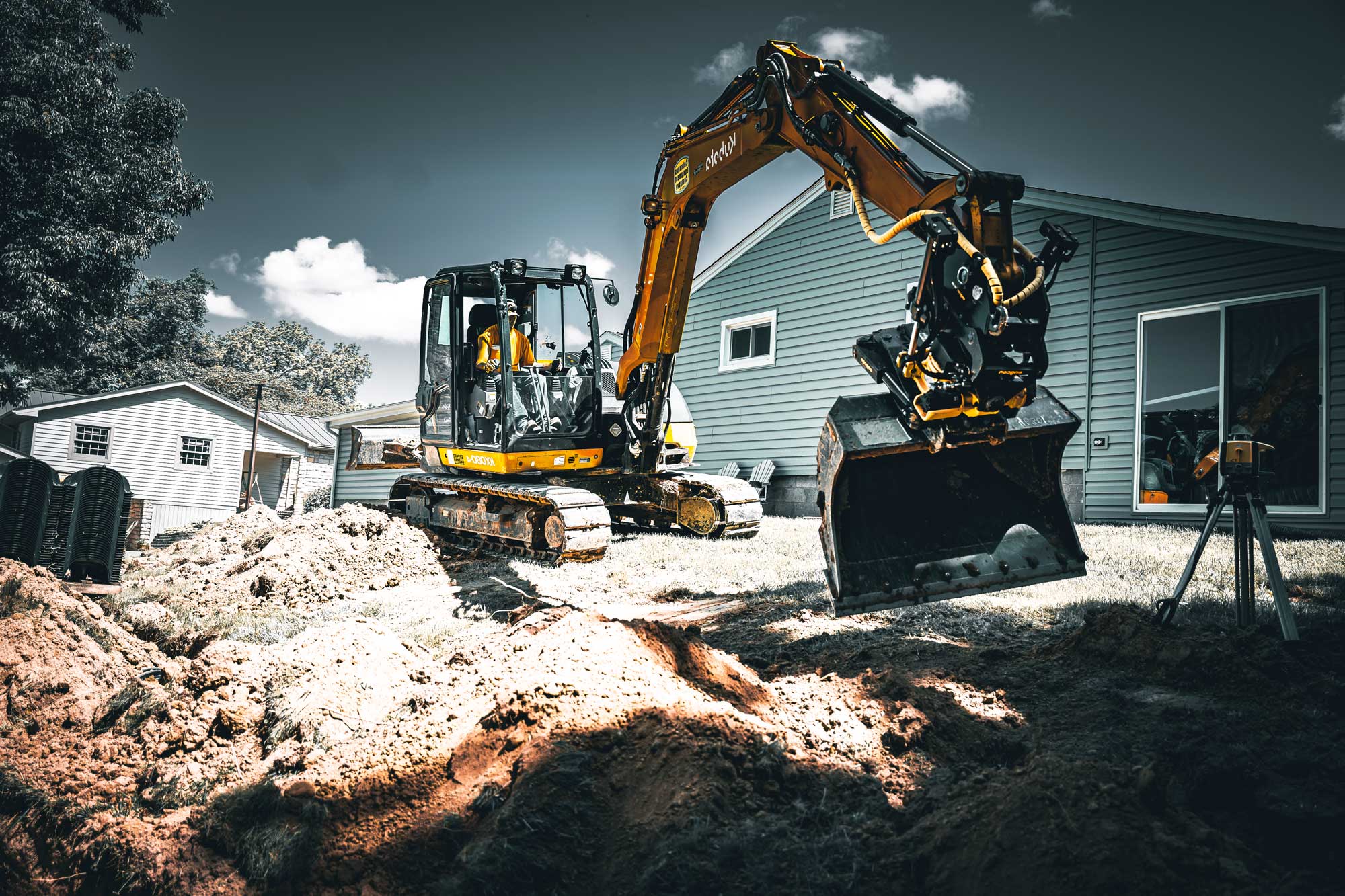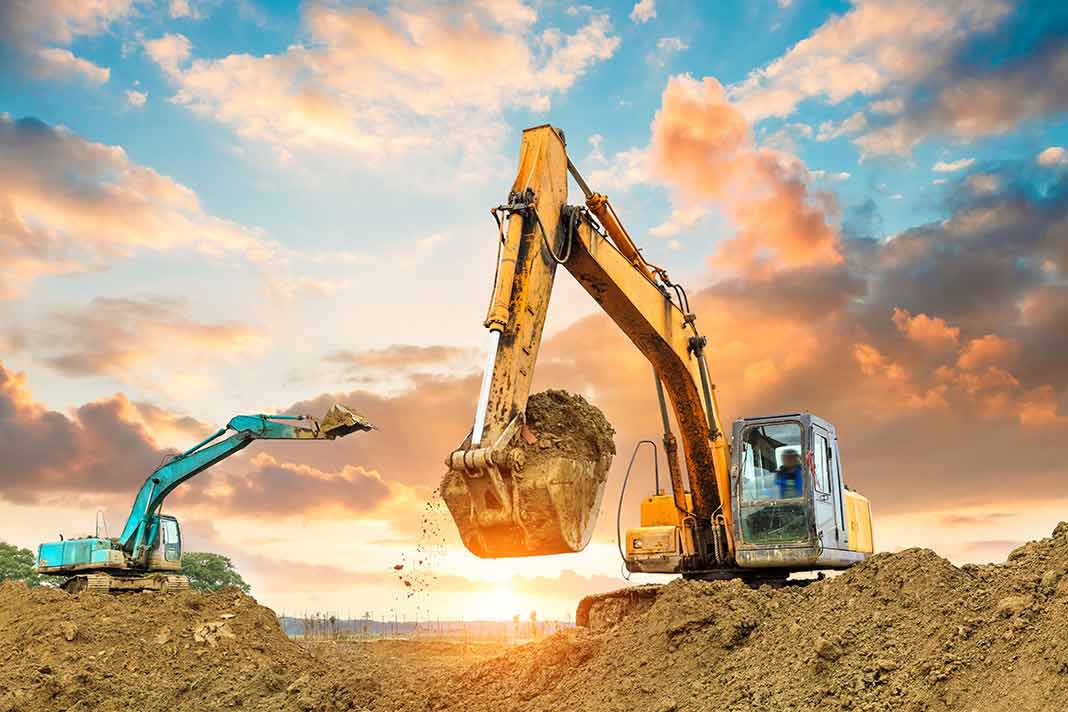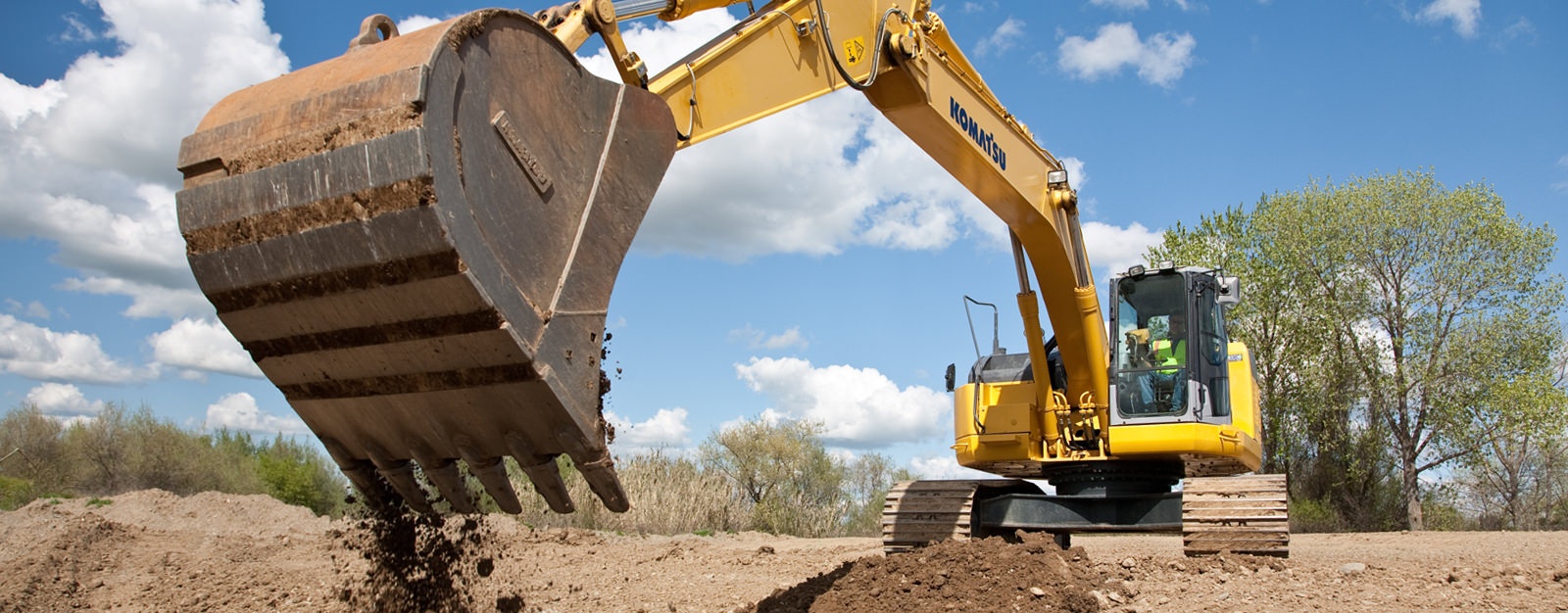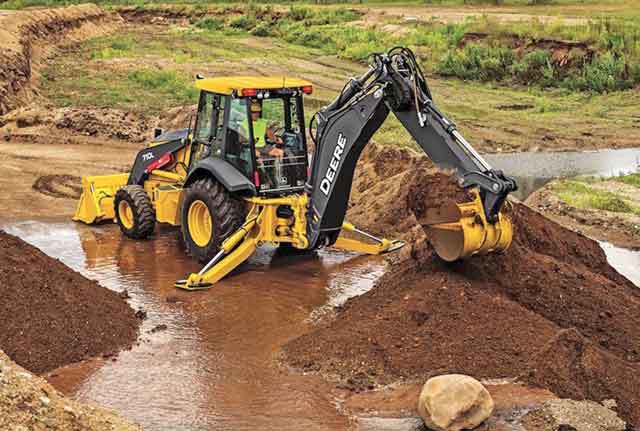Thorough Expedition: The Scientific Research Behind Superior Excavation Practices
The realm of excavation methods is a domain name where scientific research links with craftsmanship to discover the mysteries concealed under the planet's surface. From ancient hand tools to contemporary hydraulic excavators, the advancement of excavation methods has been a testament to human ingenuity and technological improvements. Nonetheless, what truly sets remarkable excavation techniques apart is a deep understanding of geological principles, coupled with the usage of advanced tools and methods. By exploring the scientific research behind these practices, we can reveal the keys that exist underneath our feet and value the accuracy and proficiency that enter into every dig.
Evolution of Excavation Strategies
Throughout background, the advancement of excavation methods has actually played a vital function ahead of time building and construction techniques and historical discoveries. From the fundamental devices used by our forefathers to the advanced machinery used in modern times, the development of excavation techniques has dramatically transformed just how we come close to various projects.
In ancient times, manual work with fundamental devices such as pickaxes, wheelbarrows, and shovels was the primary approach of excavation. This labor-intensive procedure limited the depth and extent of excavations, commonly resulting in slow-moving progress and limited access to certain sites. Nonetheless, as people progressed, so did the devices and strategies utilized for excavation.
The Industrial Transformation noted a turning point in excavation practices with the introduction of steam-powered machinery. In contemporary times, innovation plays a crucial role in excavation, with innovations like GPS systems, drones, and 3D scanning enhancing precision and performance in the area.
Role of Technology in Excavation

The integration of advanced technology has actually basically reinvented the field of excavation, boosting accuracy and effectiveness to unprecedented degrees. Among the essential technological advancements that has actually substantially impacted excavation techniques is the application of GPS systems. These systems allow for precise mapping of excavation websites, allowing operators to precisely locate underground energies and frameworks. Furthermore, the use of telematics in excavation equipment has made it possible for real-time surveillance of maker efficiency, resulting in aggressive upkeep and boosted operational performance.
Additionally, the arrival of 3D modeling and simulation software application has streamlined the preparation procedure for excavation tasks. Drivers and engineers can currently visualize the whole excavation process prior to breaking ground, maximizing and identifying prospective obstacles operations. Along with this, the application of drones in excavation tasks has helped with airborne studies, volumetric dimensions, and website evaluations with unrivaled speed and precision.
Geological Principles in Excavation
An understanding of geological concepts is crucial for making certain the architectural stability and stability of excavation websites. Geological aspects play an important duty in identifying the feasibility and safety and security of excavation jobs.
Furthermore, the geological framework of the area, including faults, fractures, and rock developments, need to be thoroughly assessed to recognize prospective risks and difficulties. Excavating near fault lines or unsteady rock formations can cause instability and potential risks. By performing detailed geological surveys and evaluation, excavators and designers can establish techniques to alleviate threats and make sure the effective completion of excavation projects. Eventually, integrating geological concepts into excavation techniques is critical for accomplishing risk-free, reliable, and sustainable outcomes.

Most Current Devices for Excavation
In the realm of excavation techniques, modern advancements in tools have revolutionized the performance and precision of excavation processes. These drones can give comprehensive airborne surveys of excavation websites, offering real-time information on topography and potential risks.
Another cutting-edge device getting popularity is the implementation of 3D printing innovation for creating personalized excavation devices. This enables for the manufacturing of specialized devices that are tailored to the details demands of a project, enhancing effectiveness and decreasing downtime.
Furthermore, innovations in materials scientific research have led to the advancement of stronger and a lot more resilient excavation devices. septic ohio. Tungsten carbide-tipped excavator accessories, for instance, offer premium performance in challenging ground conditions, boosting performance on-site
Science's Influence on Excavation Practices

Additionally, advancements in products scientific research have led to the production of more powerful, much more resilient excavation tools and tools. The use of composite products in shovels and miners has actually improved their performance and long life, ultimately raising efficiency on excavation sites. Furthermore, scientific study on soil auto mechanics and geotechnical engineering has actually offered valuable understandings into soil actions, enabling excavation specialists to make educated choices pertaining to excavation methods and dirt stabilization methods. Overall, scientific research continues to drive development and improvement in excavation practices, making excavation projects much more reliable, this cost-efficient, and sustainable.

Final Thought
Finally, the development of excavation techniques has been greatly influenced by innovations in modern technology and a deeper understanding of geological concepts. The most up to date tools and equipment made use of in excavation have actually enhanced efficiency and precision in the field. The application of scientific knowledge has actually dramatically boosted excavation methods, check my source resulting in more sustainable and efficient methods for digging deep into numerous sorts of products.
In the realm of excavation methods, contemporary advancements in devices have actually reinvented the effectiveness and accuracy of excavation processes. By leveraging scientific principles, the excavation sector has actually been able to dramatically boost performance, precision, and safety and security in excavation procedures. GPR enables excavation teams to non-invasively scan and map subsurface frameworks, utilities, and prospective risks, enabling them to plan excavation projects with greater precision and lowered threat of mishaps.
Furthermore, scientific study on soil mechanics and geotechnical design has actually supplied important insights right into soil behavior, permitting excavation experts to make enlightened decisions concerning excavation approaches and dirt stabilization strategies. Generally, science proceeds to drive technology and enhancement in excavation practices, making excavation tasks more reliable, economical, and sustainable.